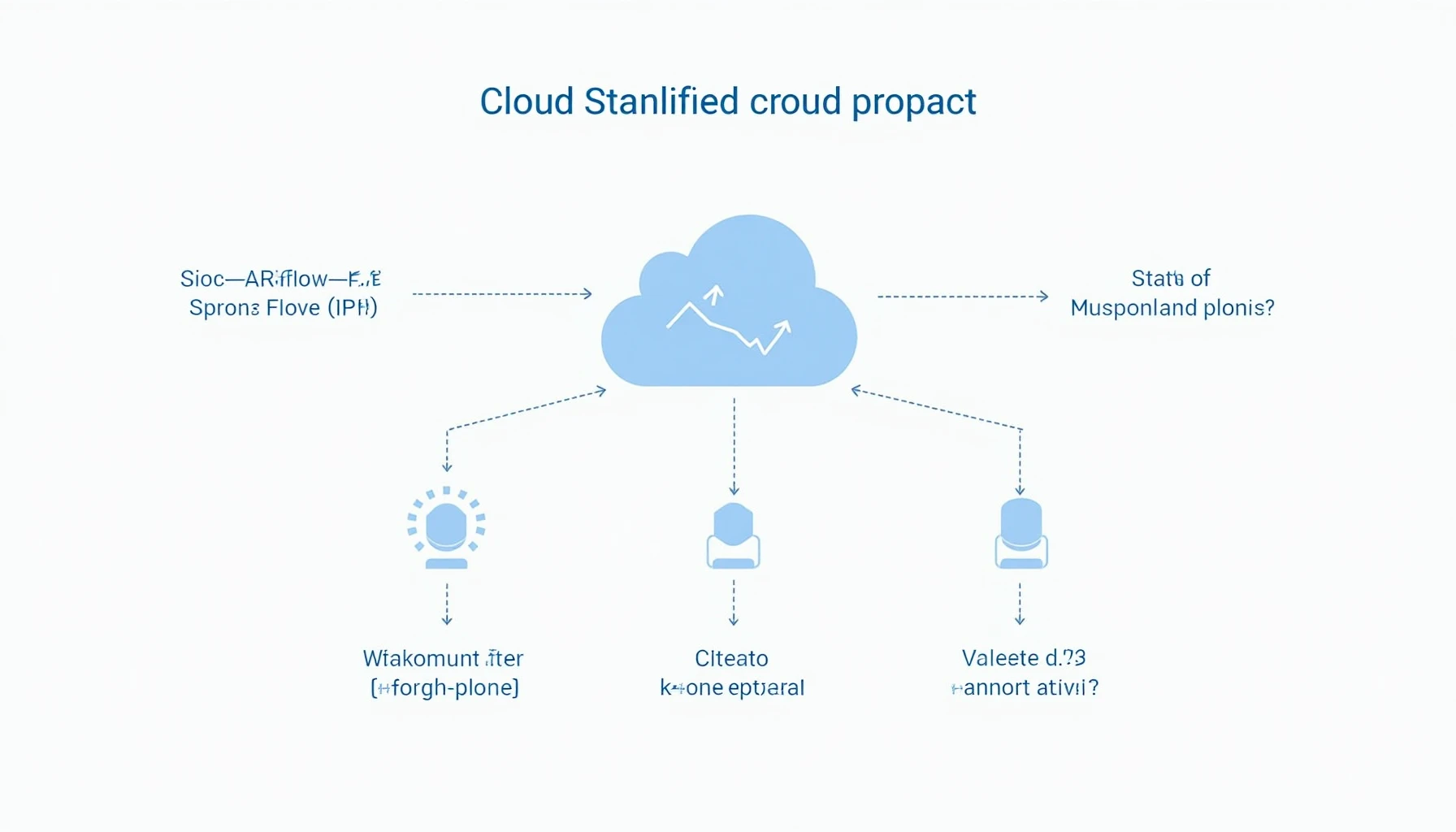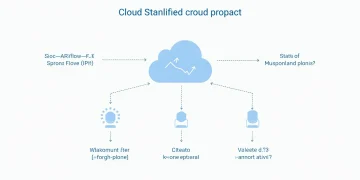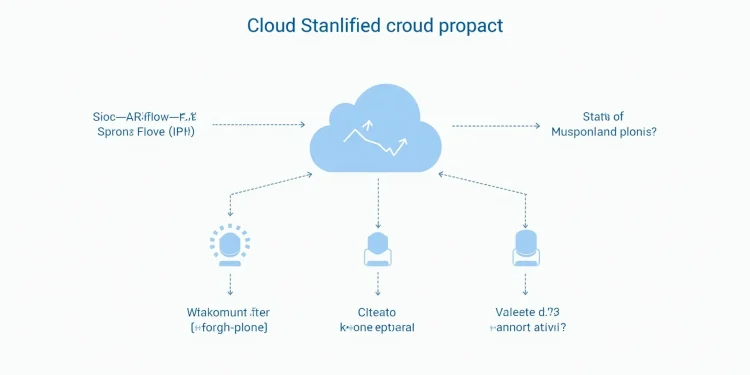Is Your Data Safe? Understanding the Need for Decentralized Cloud Storage
Amid the ongoing digital transformation, data security stands out as a major concern for many users. Did you know that over 50% of individuals worry about data breaches in centralized cloud storage systems? With the rise of decentralized cloud storage crypto projects, there seems to be a beacon of hope on the horizon. But how can these projects safeguard your valuable data?
What are Decentralized Cloud Storage Crypto Projects?
Decentralized cloud storage crypto projects leverage blockchain technology to provide secure, scalable, and reliable data storage solutions. Instead of relying on a single server, these projects distribute data across a network of computers, offering users control over their information. Projects like Filecoin and Storj exemplify this, letting users rent spare hard drive space in exchange for cryptocurrency.
Key Benefits of Using Decentralized Cloud Storage
- Security and Privacy: Data is encrypted and split into fragments that are stored on numerous nodes, making unauthorized access nearly impossible.
- Cost Efficiency: Lower operational costs compared to traditional cloud storage providers like AWS or Google Cloud.
- User Control: Users retain ownership of their data and can decide how it is utilized, enhancing autonomy.
- Redundancy and Reliability: Data is stored in multiple locations, minimizing the risk of loss due to failures.
Popular Decentralized Cloud Storage Projects to Watch in 2025
As we look towards the future, some decentralized cloud storage crypto projects are poised to make considerable impacts. These include:

- Filecoin: Still a frontrunner in the decentralized storage space, known for its intricate economic model.
- Storj: Offers fast and secure file storage solutions integrated with the Ethereum blockchain.
- Sia: A decentralized platform that enables users to rent unused storage space.
How to Safely Utilize Decentralized Cloud Storage
Utilizing decentralized cloud storage is straightforward, but there are best practices to consider:
- Always use strong passwords, and consider multi-factor authentication.
- Regularly back up critical data locally to prevent loss.
- Familiarize yourself with the platform’s terms and conditions.
Conclusion: Embrace the Future of Data Storage
Decentralized cloud storage crypto projects present innovative solutions for secure and efficient data management. By leveraging these technologies, not only can you ensure your data’s safety, but you can also take control of how it is used. Interested in exploring decentralized cloud options? Start researching these projects today to ensure your data stays safe in an ever-evolving digital landscape!
Note: This article is for informational purposes only and does not constitute investment advice. Always consult local regulatory bodies before investing in cryptocurrency.



























